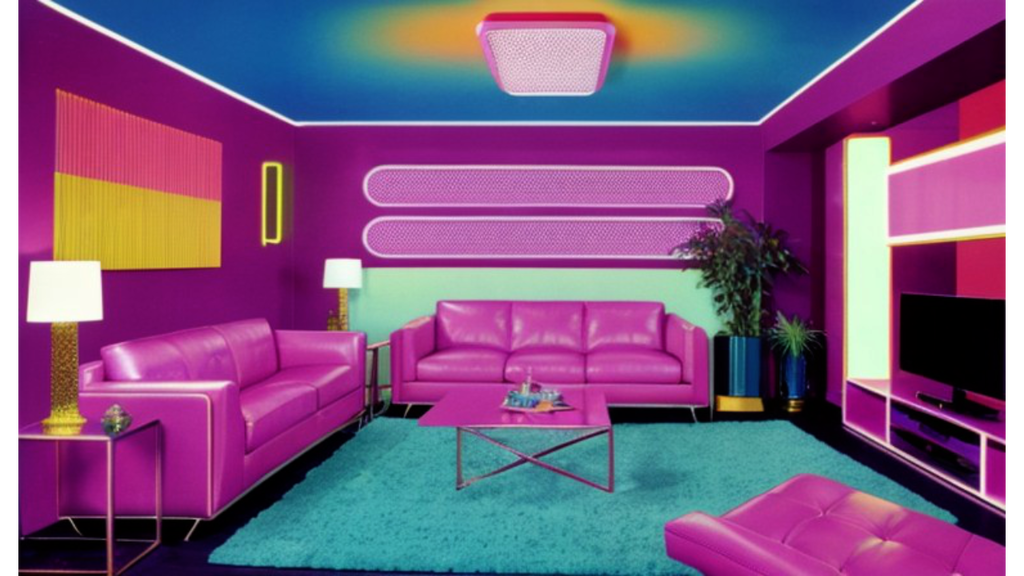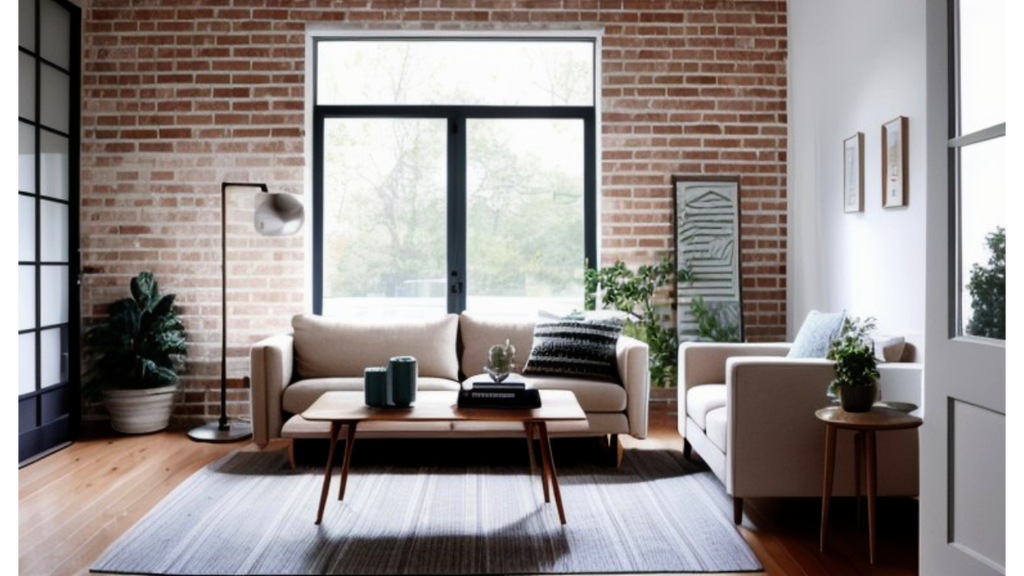Home interior design is a fascinating reflection of the ever-evolving cultural, technological, and artistic landscape. From the iconic designs of the mid-20th century to the modern aesthetics of today, each decade has left its indelible mark on how we style our living spaces. Join us on a journey through time as we explore the top interior design trends of each decade, starting from the 1950s.

The 1950s: The Birth of Mid-Century Modern
The 1950s were a time of post-war optimism, and this was beautifully reflected in home interior design. The era gave birth to the iconic Mid-Century Modern style characterized by clean lines, organic forms, and seamless integration with nature. Furniture designs by luminaries like Eames and Saarinen showcased simplicity and functionality, often incorporating materials like plywood and steel. Vibrant colors, including pastels and bold hues, adorned walls and accessories.

The 1960s: Psychedelic Flair and Pop Art
The 1960s were a period of cultural revolution and experimentation, and home design followed suit. Psychedelic patterns, bold colors, and unconventional materials took center stage. The Pop Art movement influenced interiors, with bold and vibrant artworks gracing walls. Open floor plans gained popularity, emphasizing communal living. Plastic, shag carpets, and metallic accents all found their way into homes, epitomizing the spirit of the era.

The 1970s: Earthy Vibes and Bohemian Rhapsody
The 1970s embraced a more laid-back and bohemian approach to interior design. Earthy tones, macramé wall hangings, and plenty of houseplants created a cozy and natural atmosphere. Rustic elements like exposed brick and wood-paneled walls were popular. The love for textures extended to plush sofas, bean bags, and plenty of textiles. Avocado green and harvest gold were the defining colors of the decade.

The 1980s: Excess and Eclecticism
The 1980s were all about excess and opulence. This was the era of bold prints, neon colors, and glamorous décor. High-gloss surfaces, mirrored furniture, and metallic accents reflected the flashy nature of the time. The Memphis design movement introduced geometric patterns and asymmetrical shapes, pushing the boundaries of traditional design. Technological advancements also led to the inclusion of high-tech gadgets and entertainment systems in homes.

The 1990s: Minimalism and Grunge
In stark contrast to the previous decade, the 1990s embraced minimalism. Clean lines, neutral colors, and a “less is more” ethos defined this era. Scandinavian design principles gained popularity, emphasizing functionality and simplicity. Simultaneously, the grunge movement influenced interiors with its edgy and casual aesthetic. Distressed furniture, brick walls, and a mix of vintage and contemporary elements were characteristic of the era.

The 2000s: Tech Integration and Eclectic Fusion
The 2000s marked the rise of technology integration in home design. Sleek electronics, home theaters, and smart home systems became common features. An eclectic mix of styles gained popularity, with homeowners blending vintage, modern, and global influences. Earthy tones made a comeback, along with a focus on sustainable and eco-friendly design.

The 2010s: Scandinavian Chic and Open Spaces
The 2010s saw a resurgence of the Scandinavian design philosophy. Neutral color palettes, clean lines, and minimalistic aesthetics reigned supreme. Open-concept layouts continued to dominate, emphasizing the flow between spaces. Natural materials like wood and stone were favored, alongside a growing interest in sustainable and repurposed décor.

The 2020s: Sustainable Tech and Biophilic Design
As we step into the current decade, sustainability and well-being take center stage. Biophilic design, which integrates nature into indoor spaces, is gaining momentum. Greenery, natural light, and organic materials create a harmonious connection with the environment. Smart home technology is seamlessly integrated, allowing for energy efficiency and convenience. Neutral color palettes with pops of color, versatile multipurpose furniture, and a focus on comfort reflect the needs of modern living.
Home interior design is an ever-evolving canvas that mirrors our society’s values, aspirations, and aesthetics. As we journey through the decades, we witness the fascinating evolution of design trends, each leaving its unique imprint on our homes and hearts.
Until next time…
C.V. Williams-Realtor® One Click Realty


